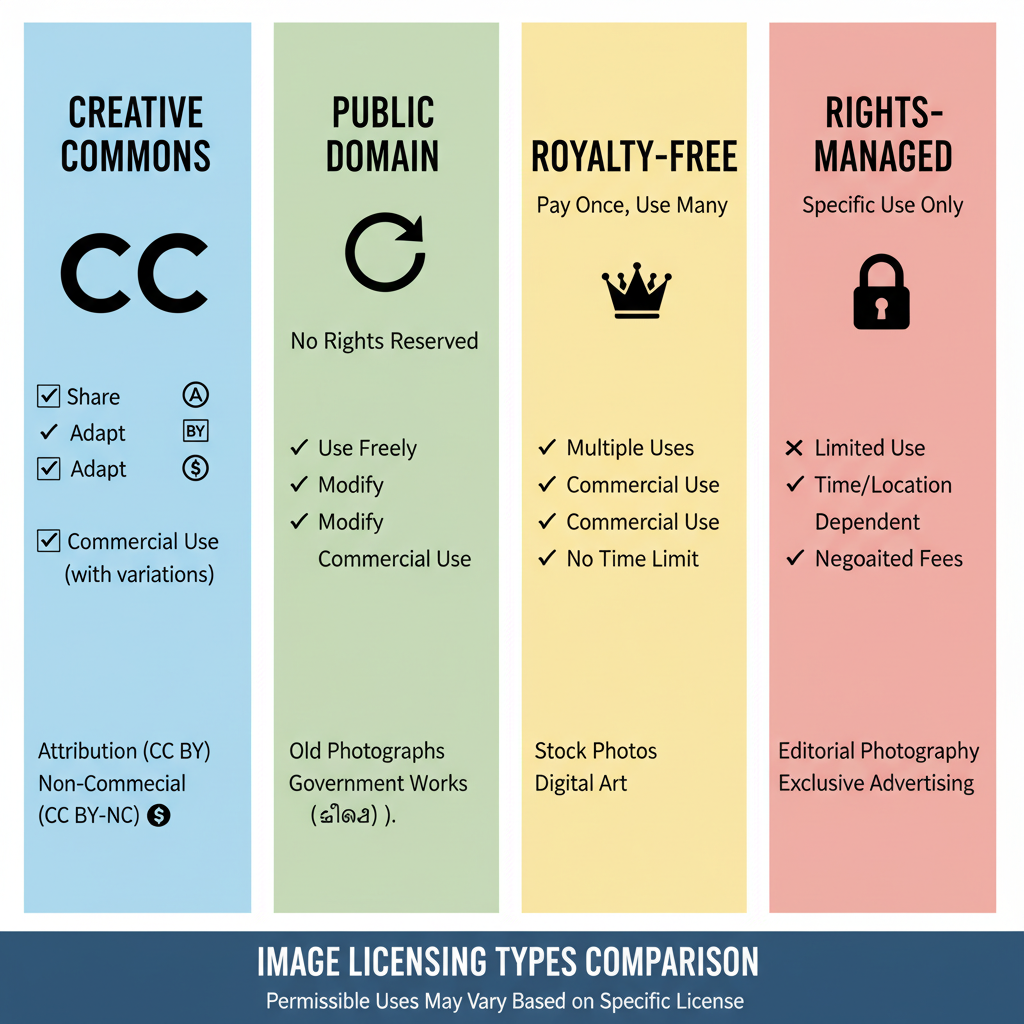How to Find Out Who Looks for You on Facebook
Learn the facts about Facebook searches, debunk myths, use indirect clues, and adjust privacy settings to control who can find and view you.

How to Tell Who Searches for You on Facebook: Myths, Facts & Safe Practices
If you’ve ever asked yourself how to tell who searches for you on Facebook, you’re far from alone. This topic sparks curiosity for millions of users, yet much of what you read online—from supposed secret codes to apps claiming magical insight—is misleading. In this guide, we’ll outline Facebook’s actual privacy rules, debunk myths, share indirect ways to spot interest, and give safe, practical advice to manage your visibility without putting your account or data at risk.

---
Facebook’s Official Privacy Policy on Search Data
Facebook is transparent on this point: there is no feature that lets you see who searched for your profile. This applies equally to personal profiles and business Pages (though Pages do get aggregated analytics).
Key takeaways from Facebook’s policy:
- Search activity is private; it’s not shared between users.
- You cannot view someone’s search history or who has searched you.
- Facebook uses search data internally for improving the user experience, but keeps it inaccessible to others.
Any “hack” or trick promising to display searchers is simply not supported by the platform.
---
Debunking Myths and Third-Party App Claims
A huge source of false hope is third-party apps that promise to reveal “profile visitors” or “searchers” for your account.
Reality check:
- These apps cannot tap into Facebook’s internal search database.
- Many request excessive permissions—which risks exposing your data.
- Some are phishing tools designed to steal login credentials.
> Pro Tip: Only install apps from trusted, verified developers and avoid any that claim to reveal individual search activity.
---
Legitimate Insights via Facebook Page Insights
While personal accounts are restricted, public Facebook Pages have a built-in analytics tool: Page Insights. These provide anonymous aggregated data to help admins understand audience behavior.
| Metric | What It Shows | How It’s Useful |
|---|---|---|
| Page Views | Total times your Page was viewed | Spot interest spikes over time |
| Page Previews | Hover actions without clicks | Gauge casual curiosity before engagement |
| Page Followers | New followers within a given period | Evaluate growth following events or promotions |
> Note: You will not see specific names connected to these metrics—they are aggregated statistics only.

---
Using Your Activity Log to Spot Indirect Signs
While the Activity Log won’t show searches, it can spotlight actions that suggest profile browsing:
- Sudden likes or comments on older posts
- Increased interactions from non-friends after group activity
- Multiple engagements with your past content in a short window
Such patterns can hint someone has visited your profile, though they aren’t proof of a search.
---
Friend Requests and Mutual Group Activities
Friend requests, especially without mutual connections, may follow a search. Consider:
- Mutual group or event participation
- Recent public posts attracting attention
- Timing in relation to other online activity that exposes your profile
These clues help you contextualize why a request occurred.
---
Tagged Photos and Reactions as Clues
If someone tags you in older content or suddenly reacts to years-old photos, it’s possible they’ve been exploring your profile.
Other signals include:
- Comments from people you haven’t interacted with recently
- Reactions on archived posts resurfacing without clear prompting
These may arise from searches, profile visits, or indirect exposure through mutual networks.

---
Privacy Settings to Limit Who Can Find & View You
To prevent unwanted searches and restrict exposure, adjust Privacy Settings:
- Restrict who can send friend requests.
- Control look-ups by email or phone number.
- Limit profile visibility for new posts.
- Set tagging and timeline review preferences.
Access these via:
`Settings & Privacy → Privacy Checkup`.
---
Alternative Ways to Gauge Interest
Without direct search data, you can still monitor:
- New message requests in Messenger from unfamiliar names
- Comments appearing shortly after being mentioned in other conversations/posts
- Story view lists showing consistent attention from specific users
None of these confirm a search—but they’re possible interest indicators.
---
Risks of Violating Facebook’s Terms of Service
Attempts to bypass privacy rules or install unauthorized tools can result in:
- Temporary or permanent account loss
- Compromised personal security/data theft
- Legal consequences in severe cases
Responsible usage strengthens your security and maintains trust.
---
Tips for Safely Managing Online Visibility
Follow safe practices to control what’s discoverable:
- View your profile from a public perspective.
- Hide or delete sensitive old posts.
- Keep “About” info minimal.
- Vet friend requests diligently.
- Use a separate Page for public-facing material.
---
Realistic Expectations Versus Myths
The reality remains: Facebook does not reveal who searched for your profile. Focus on:
- Engagement clues over speculation
- Tight privacy controls
- Legitimate analytics for Pages
- Avoiding scams entirely
---
Summary:
Learning how to tell who searches for you on Facebook is mostly about recognizing what’s not possible, then using safe, indirect methods to understand your audience. Protect your account by sticking to officially supported features, refining privacy settings, and ignoring tools that overpromise. Want to take control of your online visibility? Review your privacy checkup today and safeguard your digital presence.




